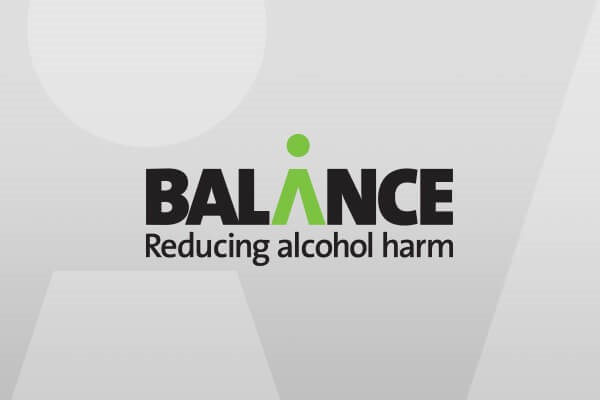More needs to be done to protect young people from alcohol harms
Latest figures have shown that two fifths of secondary school pupils had drunk alcohol at least once and more than half of pupils thought it was OK for someone of their age to try drinking alcohol.
The figures from the Health and Social Care Information Centre’s report ‘Smoking, drinking and drug use among young people in England’, which contains results from an annual survey of secondary school pupils in England in years 7 to 11 (mostly aged 11 to 15), revealed that:
- Around two-fifths of pupils (39 per cent) had drunk alcohol at least once.
- Boys and girls were equally likely to have done so.
- The proportion of pupils who have had an alcoholic drink increased with age from 6 per cent of 11 year olds to 72 per cent of 15 year olds.
Sue Taylor, Partnerships Manager at Balance, the North East Alcohol Office, said: “Although the number of young people choosing not to drink is increasing, there are still too many young people drinking too much.
“Whilst we welcome a decrease in the number of young people who have tried alcohol we still continue to see the impact drinking has on the wellbeing of children here in the region. In the North East we continue to have the highest rate of under 18 alcohol-specific hospital admissions and the highest rate of under 18s in alcohol treatment – clearly more needs to be done.”
The most recent regional data showed that of all the regions the North East has the highest proportion of 11 to 15 year olds who claim to have ever drunk alcohol at 51%, the highest proportion who drank alcohol in the last week at 17%, and the highest mean consumption at 15.2 units.
Sue continued: “Many children are making better choices, despite being bombarded with pro-alcohol messages. However, alcohol continues to be sold at pocket money prices, with strong white cider on supermarket shelves for as little as 16p per unit. Young people also continue to be bombarded with alcohol marketing. With the industry spending in the region of £800m a year on marketing it’s no surprise that many youngsters now recognise alcohol brands more than leading biscuit brands.
“Alcohol is also more available than ever before. It can be purchased 24/7, in soft play areas, florists and round the clock in petrol stations. It is sending the message to our children that alcohol should be central to every part of our lives.
“Clearly the alcohol strategy in its current form is not working and we need Government to implement effective evidence-based measures. This includes a minimum unit price which is targeted to increase the price of the most harmful alcohol, such as strong white cider. This will protect vulnerable younger and heavier drinkers who are more likely to drink cheap alcohol, and suffer the consequences, by pricing it out of their hands. Only then will we truly be able to tackle alcohol harms.”
Other figures showed that:
- The trend in the overall percentage of young people (11-15 year olds) drinking alcohol has continued to decline from 62% in 1988 to 39% in 2013, and a four percentage point drop from 43% in the 2012 survey release.
- The percentage of young people drinking during the last week is currently 9%, an 18 percentage point reduction since the peak of 27% back in 1996. This figure however increases by age, with 25% and 19% of 15 year old boys and girls respectively (22% overall) having had a drink in the last week.
- Currently only 6% and 4% of 11-15 year old boys and girls respectively drink alcohol at least once a week, down from a peak of 22% and 19% for boys and girls respectively in 1996.
- Mean alcohol consumption in the last week has continued to reduce from the peak of 14.6 units in 2008 to 8.2 units in 2013.
